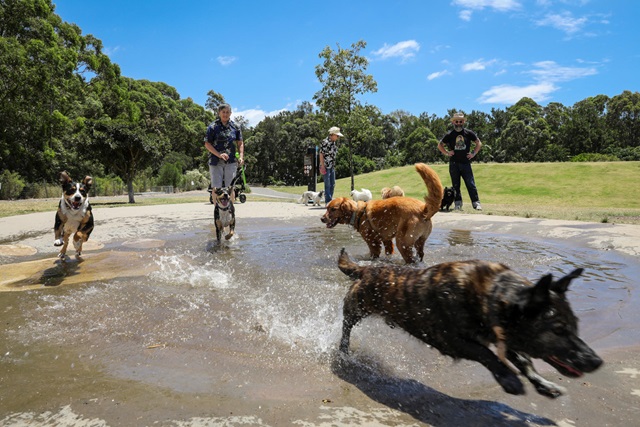Barking is a natural form of communication in dogs. But ongoing barking is often a symptom of another problem.
Taking the time to understand what makes your or your neighbour’s dog bark, is the first step towards solving this problem.
Working towards managing a barking problem
The most important first step is to work out why your dog is barking. Once you know the cause, you can start working on the problem. This might require the help of a professional dog trainer or veterinary behaviourist depending on the problem.
Barking may be reduced by making some positive changes around the house and to your dog’s routine.
Walking your dog twice a day may help to relieve boredom. Providing your dog with environmental enrichment strategies such as chewing enrichment toys and feeding toys to keep them occupied while you’re away may also help. Be sure to rotate these toys each day to prevent your dog from becoming bored. Discuss the best options for your dog with your local vet.
Leaving a radio on or something with your scent – like an old shoe or a piece of clothing – can help comfort your dog. Try giving your dog a treat or feed them just as you’re leaving the house. This should make your leaving for the day a positive experience rather than a negative one.
Fencing designed to reduce your dog’s vision may also help reduce barking at passers-by and other distractions.
Making sure your dog is comfortable outside may also help. For example, make sure there is enough shade and water during warmer months and shelter from the wind and rain during cooler months.
Routine, regular dog training, reinforcing good behaviour and providing guidance are also very important when trying to stop a barking problem.
